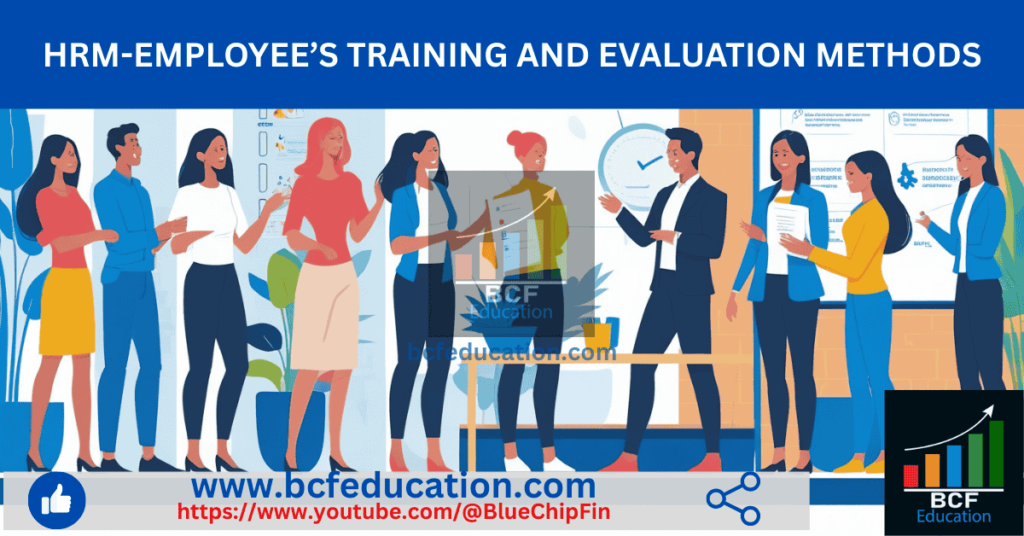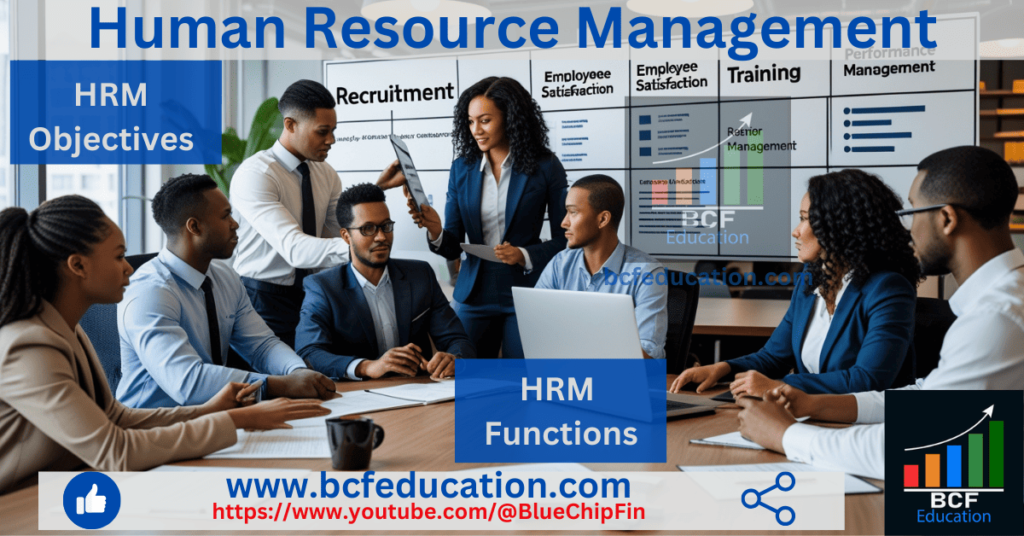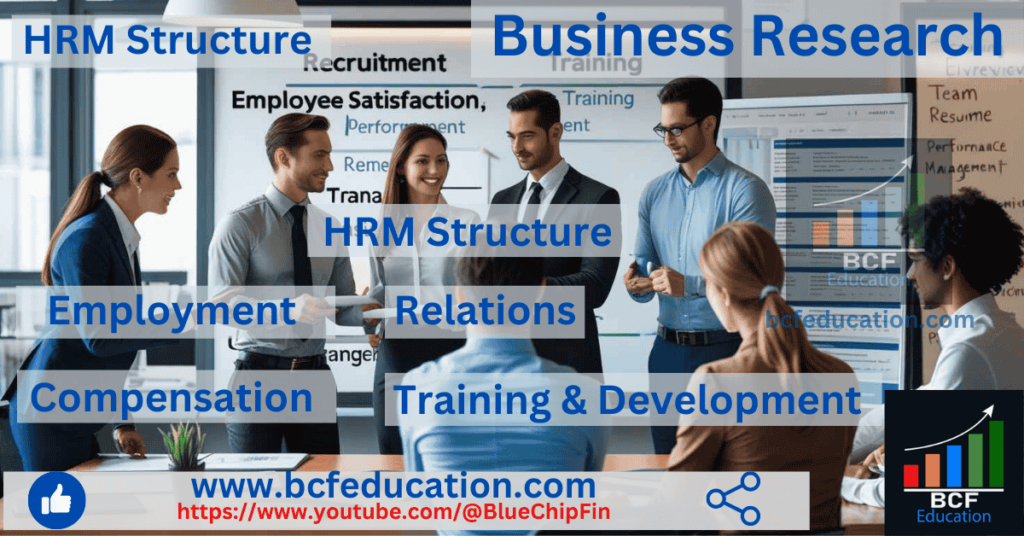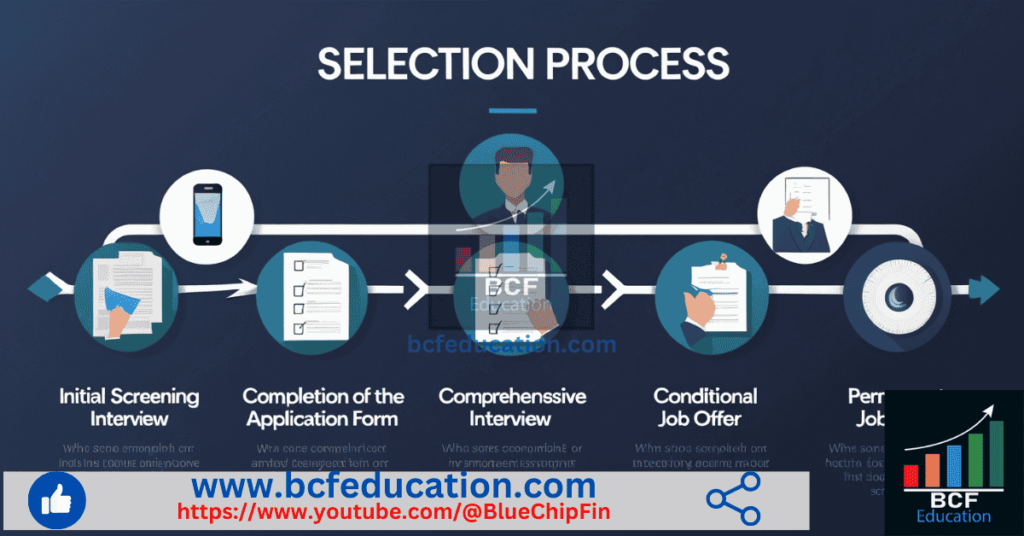Unlock HRM, Employee Training, Training vs. Development & Best Evaluation Methods in HR.
In this post, we’ll explore Employee Training—a crucial function of Human Resource Management (HRM) that enhances skills, productivity, and workplace efficiency. You’ll learn:
✅ What is Employee Training? – Definition & importance in modern workplaces.
✅ Key Evaluation Methods – How to measure training effectiveness (Kirkpatrick’s Model, Performance based evaluation method).
✅ Best Practices – Strategies to design impactful training programs.
Whether you’re an HR student, professional, manager, or business leader, this guide will help you optimize training programs for maximum employee growth and organizational success. This topic is equally important for the students of the subject Human Resource Management across all the major Universities such as MU, DU, PU & others & across all business & finance disciplines.
#HRM #EmployeeTraining #WorkplaceDevelopment #HRStrategies #PerformanceBoost
Table of Contents
Unlock HRM, Employee Training, Training vs. Development, & Best Evaluation Methods in HR
Employee Training
Every company needs skilled, well-trained employees to get the job done right. As jobs become more complex, training has become even more important. For example, most airline accidents aren’t caused by mechanical failures—they’re due to human error, like pilot mistakes or poor maintenance. Better training could prevent many of these issues.
Employee training is about learning new skills and improving job performance. It helps employees gain knowledge, develop abilities, and adjust their attitudes or behaviors. U.S. businesses spend billions each year on training programs to sharpen workers’ skills. Managers (often with HR’s help) decide when training is needed and what kind will work best.
Training vs. Development
While both involve learning, they have different focuses:
Training is about current job skills—helping employees perform better right now.
Development is about future growth—preparing employees for bigger roles by improving their thinking, problem-solving, and leadership abilities.
Employee Development
Development isn’t just about job skills—it’s about personal and professional growth. It helps employees think critically, understand complex ideas, and prepare for leadership roles. Unlike training, which teaches specific tasks, development builds broader abilities like:
- Analytical skills (solving problems)
- People skills (working well with others)
- Big-picture thinking (understanding how everything fits together)
Some people naturally excel at these skills, while others need development to strengthen them.
Employee Development Methods
Companies use different approaches to develop employees—some happen on the job, others off-site.
On-the-Job Development
Job Rotation
Employees move between different roles (either sideways or upward).
Helps them learn new skills, avoid boredom, and see how the whole company works.
Great for turning specialists into well-rounded leaders.
Assistant-to Positions
High-potential employees work closely with experienced managers.
They take on special projects, observe leadership in action, and prepare for promotions.
Committee Assignments
Employees join teams to solve problems or make decisions.
Helps them network, think strategically, and gain visibility in the company.

Off-the-Job Development
Lectures & Seminars
Traditional classes (in-person or online) to build knowledge.
Many companies offer tuition reimbursement for college courses.
Simulations
Realistic exercises like case studies, role-playing, or business games.
Helps employees practice decision-making in a risk-free setting.
Adventure Training
Team-building through outdoor challenges (rafting, climbing, survival exercises).
Tests teamwork, leadership, and problem-solving under pressure.
Evaluating Training and Development Effectiveness
Training costs time and money, so companies need to know if it’s working.
Kirkpatrick’s Model (4 Levels of Evaluation)
- Reaction – Did employees enjoy the training?
- Learning – Did they actually learn new skills? (Tests can measure this.)
- Behavior – Are they using what they learned on the job?
- Results – Did the training improve performance, customer service, or profits?
Many companies skip deep evaluation—but smart ones track real outcomes, like lower turnover or higher sales.
Performance-Based Evaluation Methods
Post-Training Evaluation
- Check if behavior changed after training.
- Problem: Other factors (like new policies) could influence results.
Pre- & Post-Training Evaluation
- Compare performance before and after training.
- More accurate, but still doesn’t rule out outside influences.
Control Group Method
- One group gets training, another doesn’t.
- Compare both groups afterward to see if training made the difference.
- Best method—it isolates the training’s true impact.
Final Thought
Great companies don’t just train employees—they develop them. The best programs combine hands-on learning, real-world challenges, and clear ways to measure success. When done right, training and development lead to happier employees, stronger teams, and better business results.
FAQ
Define socialization.
Socialization is a process of adaptation. Organization-entry socialization refers to the adaptation that takes place when an individual pass from outside the organization to the role of an inside member.
Identify the three stages of employee socialization.
The three stages of employee socialization are the pre-arrival, the encounter, and the metamorphosis stages.
Identify the key personnel involved in orientation.
The key people in orientation are the CEO and HRM representatives. The CEO welcomes the new employees, reaffirms their choice of joining the company, and discusses the organization’s goals and objectives while conveying information about the organization’s culture. Each function in HRM has a specific role in orientation to discuss what employee services they can offer in the future.
Describe the purpose of the employee handbook and explain what information should be included in the handbook.
Handbooks serve as a source of information about company culture, policies, rules, and benefits.
Explain why employee training is important.
Employee training has become increasingly important as jobs have become more sophisticated and influenced by technological and corporate changes.
Define training.
Training is a learning experience that seeks a relatively permanent change in individuals that will improve their ability to perform on the job.
Describe how training needs evolve.
An organization’s training needs will evolve from seeking answers to these questions:
(a) What are the organization’s goals?
(b) What tasks must be completed to achieve these goals?
(c) What behaviors are necessary for each job incumbent to complete his or her assigned tasks? and
(d) What deficiencies, if any, do incumbents have in the skills, knowledge, or attitudes required to perform the necessary behaviors?
Discuss the term organizational development and the role of the change agent.
Organization development is the process of effecting change in the organization. This change is facilitated through the efforts of a change agent.
Explain the term learning organization.
A learning organization continuously adapts and changes because all members take an active role in identifying and resolving work-related issues. In a learning organization, employees practice knowledge management by continually acquiring and sharing new knowledge, which they willingly apply.
Describe the methods and criteria involved in evaluating training programs.
Training programs can be evaluated by post-training performance, pre–post-training performance, or pre–post-training performance with control group methods. The evaluation focuses on trainee reaction, what learning took place, and how appropriate the training was to the job.
Explain issues critical to international training and development.
International issues in training and development include cross-cultural training, language training, and economic-issues training.
Related Articles
What is Human Resource Management, Objectives and Functions of HRM.
Structure of HR Department and Employee relation function
Steps involved in the Selection Process
8. Unlock HRM, Socialization, Assumptions, and Socialization Process






